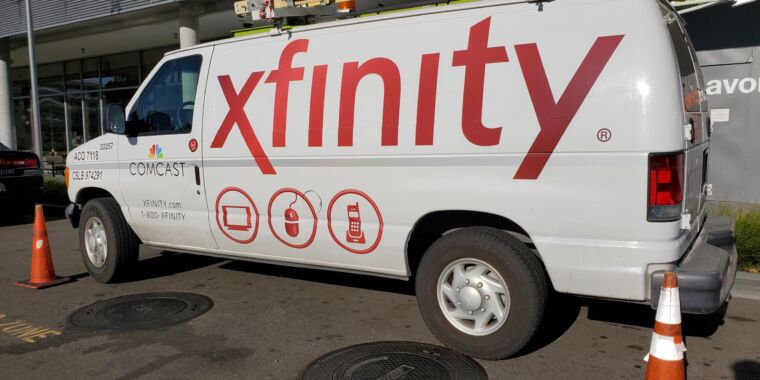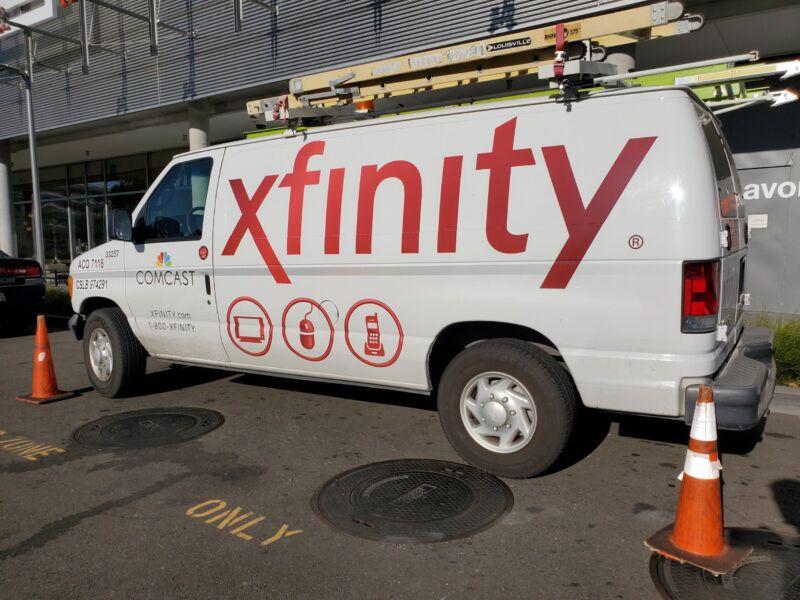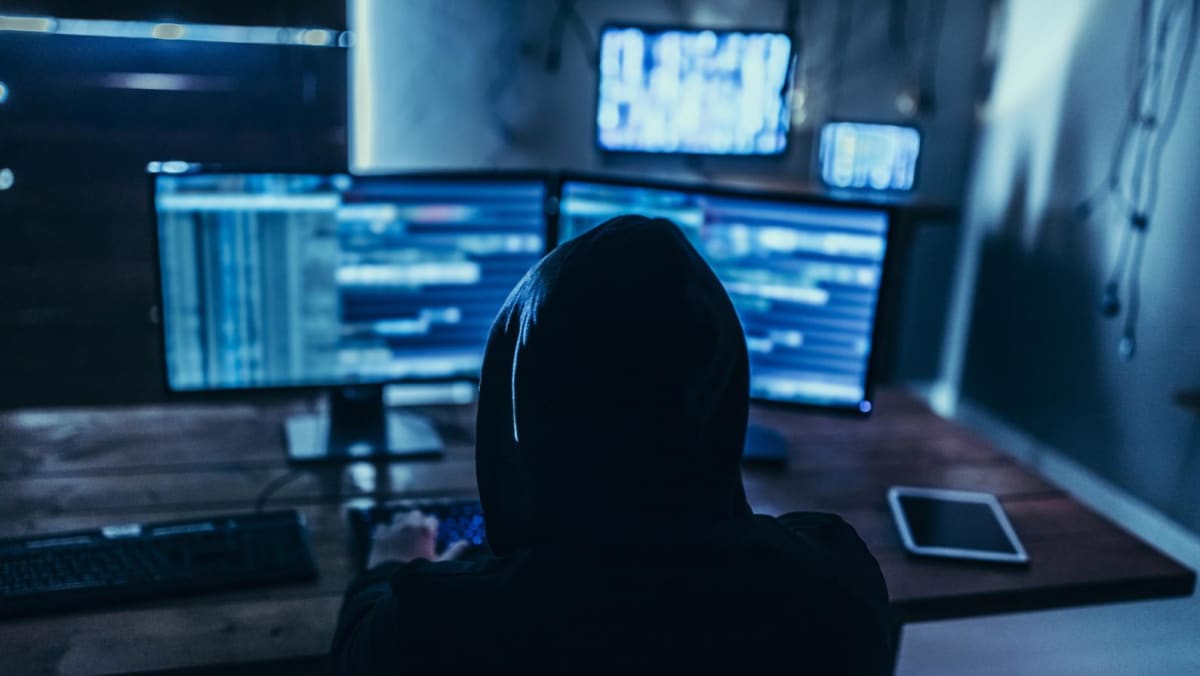Is the IDF weaponizing blockchain? Are cartels paying ransomware on the dark web? #hearsay
Disclosure: The views and opinions expressed here belong solely to the author and do not represent the views and opinions of crypto.news’ editorial.
Welcome to #hearsay, Dorian Batycka’s weekly crypto gossip column. This week’s edition brings you a small dose of dark web cartels, a potential blockchain interface for the Israel Defense Force (IDF), and one NFT collector’s hilarious flex fail.
Every week, crypto.news brings you #hashtag hearsay, a gossip column of scoops and stories shaping the crypto world. If you have a tip, email Dorian Batycka at [email protected]
Question: what if Sam Bankman was actually fried?
That’s the thought that immediately sprang to mind when I learned about a recent exit scam involving one of the world’s largest darknet vendors of illegal drugs.
On March 5, users of the site Incognito Marketplace, a site like Reddit where buyers and sellers can get everything from a gram of weed to kilos of coke, were awakened to a message from one of its administrators, an admin known as Pharaoh.
The message read:
We have accumulated a list of private messages, transaction info and order details over the years. You’ll be surprised at the number of people that relied on our auto-encrypt functionality. And by the way, your messages and transaction IDs were never actually deleted after the expiry.
Anyway, if anything were to leak to law enforcement, I guess nobody never slipped up. We’ll be publishing the entire dump of 557k orders and 862k crypto transaction IDs at the end of May… whether or not you and your customers’ info is on that list is totally up to you. Yes, this is an extortion.
Pharaoh, Incognito Marketplace admin
Holding the site’s BTC and Monero (XMR), Pharaoh stated that vendors on the site would be asked to pay large ransoms, lest they have their data leaked online.
What’s more, Pharaoh also revealed that the “auto-encrypt” button, made available to vendors on the darknet marketplace, actually exposed them to a data breach.
Worries about the Incognito Marketplace began to circulate the week before when users were unable to withdraw BTC and Monero (a privacy-focused cryptocurrency) from the platform.




